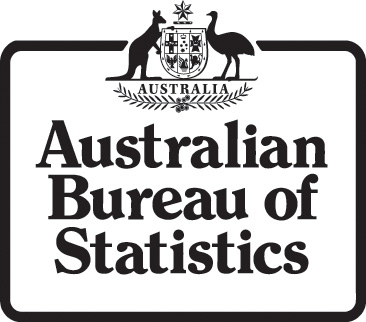The number of Australians reported as having disability has reached 4.2 million (18.5%), according to the latest ABS figures. And 3.7 million (88%) of these people had a specific limitation or restriction that limited core activities of self-care, mobility, communication, restricted schooling or employment. A further 4.7 million people (21%) had a long-term health condition that did not restrict every day activities. The remaining 60% of the population had neither disability or a long-term health condition.
The prevalence of disability fell by 1.5% between 2003 and 2012 while the rate of profound or severe core activity limitation remained constant at 6.3%. There were decreases in disability prevalence for age groups 35-44 years, 60-64 years and 70-74 years. Overall there were a smaller proportion of males with disability than females, (18% and 19%). However this difference was more pronounced in older age groups for those with a profound or severe core activity limitation (40% for females compared to 26% for males aged 75 years and over).
Another notable difference appeared in the 5 to 14 year age group (11.2% of boys compared to 6.2 per cent of girls).
When it comes to state statistics, Tasmania had the highest prevalence with 25% living with disability compared to 16% in WA and the ACT. Tasmania also has the highest proportion of people over 65 years with disability (55%), while the ACT had the lowest (44%).
More people in inner regional areas are living with disability compared to major cities (22% and 17% respectively).
Details: www.abs.gov.au/

